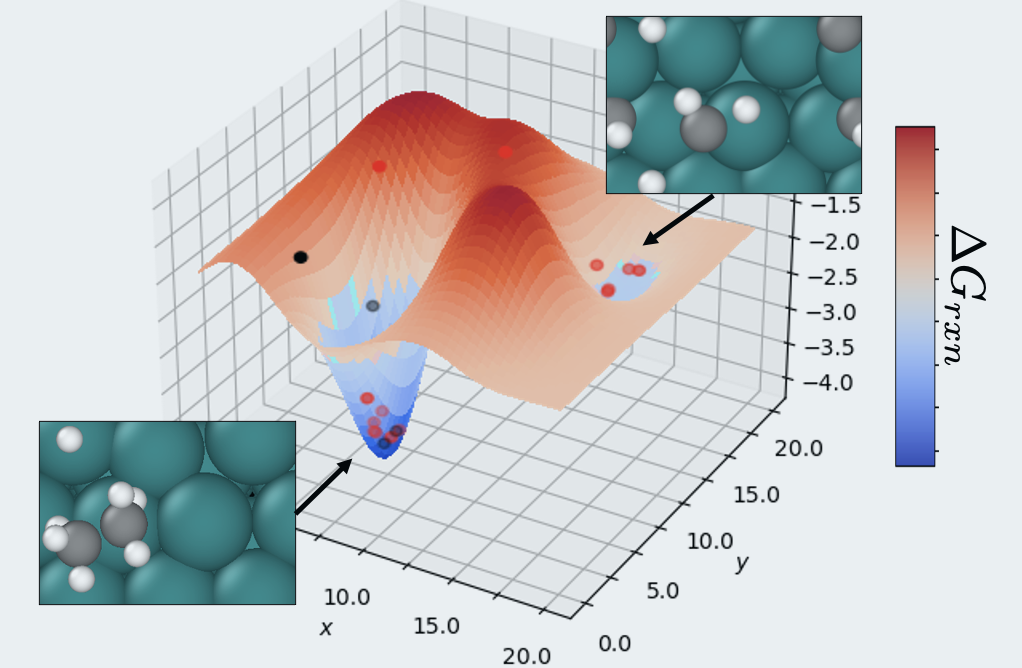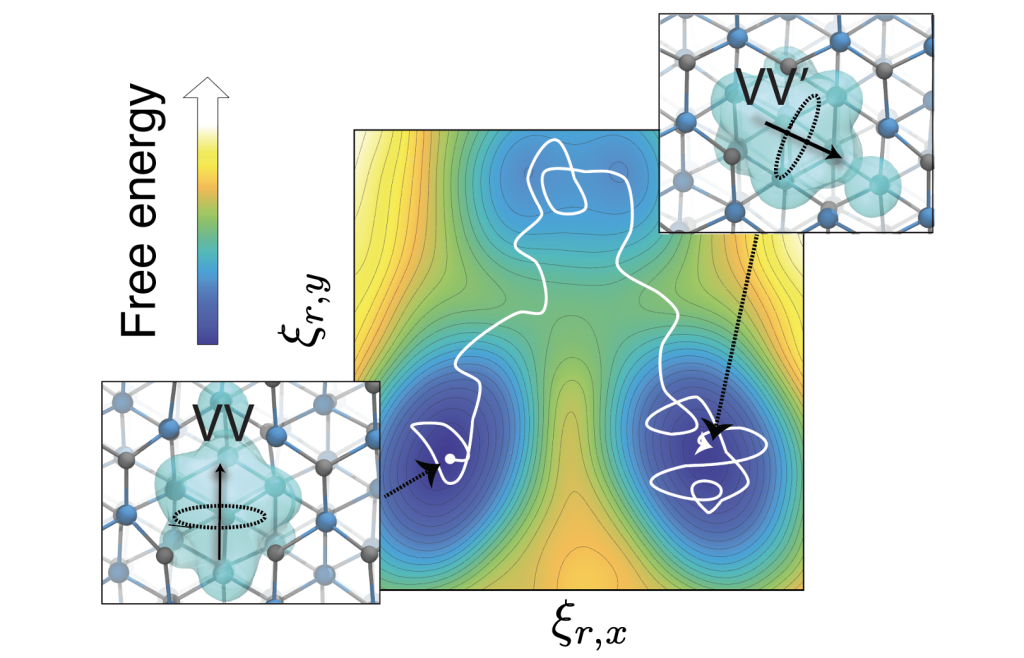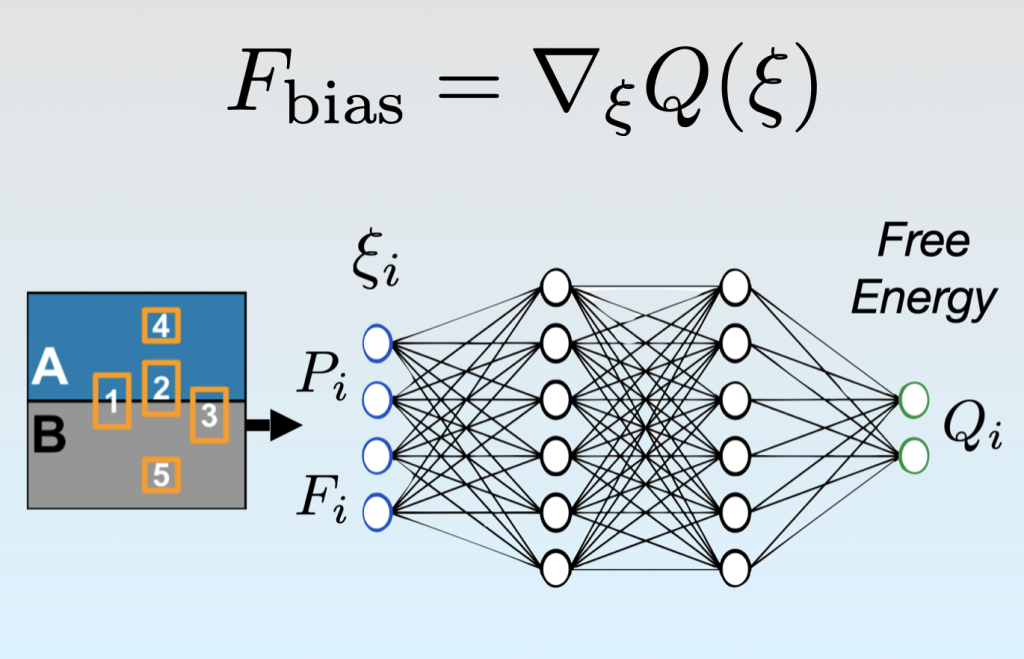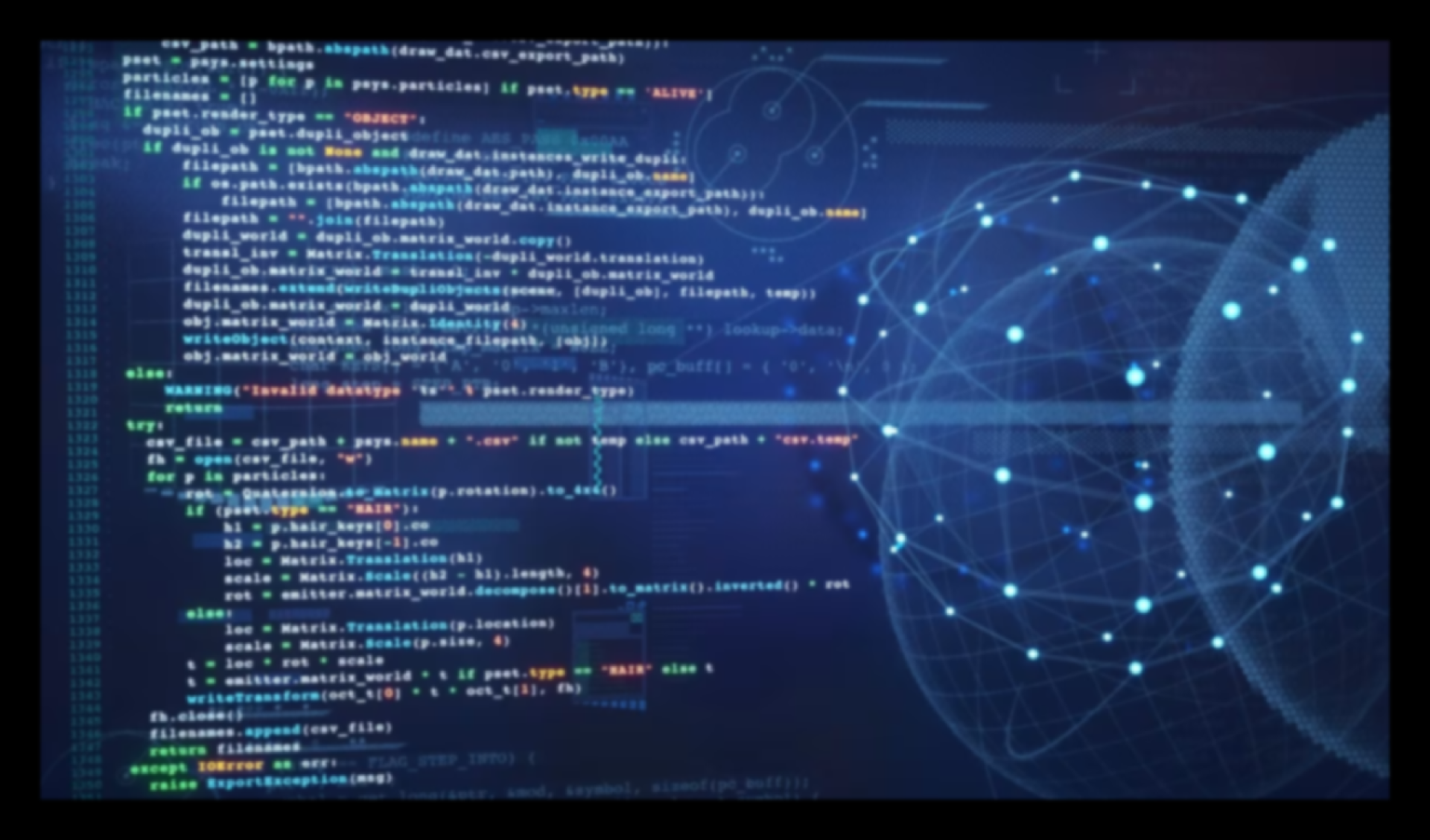Overview
Our research focuses on predicting the atomic-scale dynamics and properties of interfaces, which play a critical role in materials and devices for energy conversion, chemical transformation, and nanoscale sensing. These interfaces are often heterogeneous, formed by different phases and classes of materials (e.g., electronic and “hard” vs. dynamic and “soft”). We aim to understand the chemical, electronic, and physical processes that occur at these interfaces using theoretical and computational tools based on ab initio calculations, phenomenological models, and machine learning methods. Our goal is to use insights from our atomistic simulations to rationally design new materials with applications in energy research, circular economy, and quantum information science..
Materials for Renewable Energy and Circular Economy
We simulate the dynamics of chemical bonding occurring at materials interfaces (solid-solid, solid-liquid, and solid-gas) in energy materials to understand the effect of microscopic environment on the reaction mechanism, kinetics, and equilibria.
Related Publications
“Neural network sampling of the free energy landscape for nitrogen dissociation on ruthenium,” Journal of Physical Chemistry Letters, 12, 2954-2962, 2021
“Molecular Characterization of Fluoroether Electrolytes for Lithium Metal Batteries.” Molecular Systems Design & Engineering, 8, 195-256, 2023

Quantum Defects and Energy Carriers in Semiconductors
We study the creation, diffusion, and annihilation of point defects and energy carriers in semiconductors for applications in renewable energy and quantum information science.
Related Publications

Computational Methods in Material Simulations
We develop theoretical and computational tools based on ab initio calculations, phenomenological models, and machine learning methods to capture chemical, electronic, and physical processes in materials at the atomic level
Related Publications
“Solving the trivial crossing problem while preserving the nodal symmetry of the wavefunction” Journal of Chemical Theory and Computation, 15, 4332, 2019
Can disorder enhance incoherent exciton diffusion?” Journal of Physical Chemistry B, 119, 9501-9509, 2015

